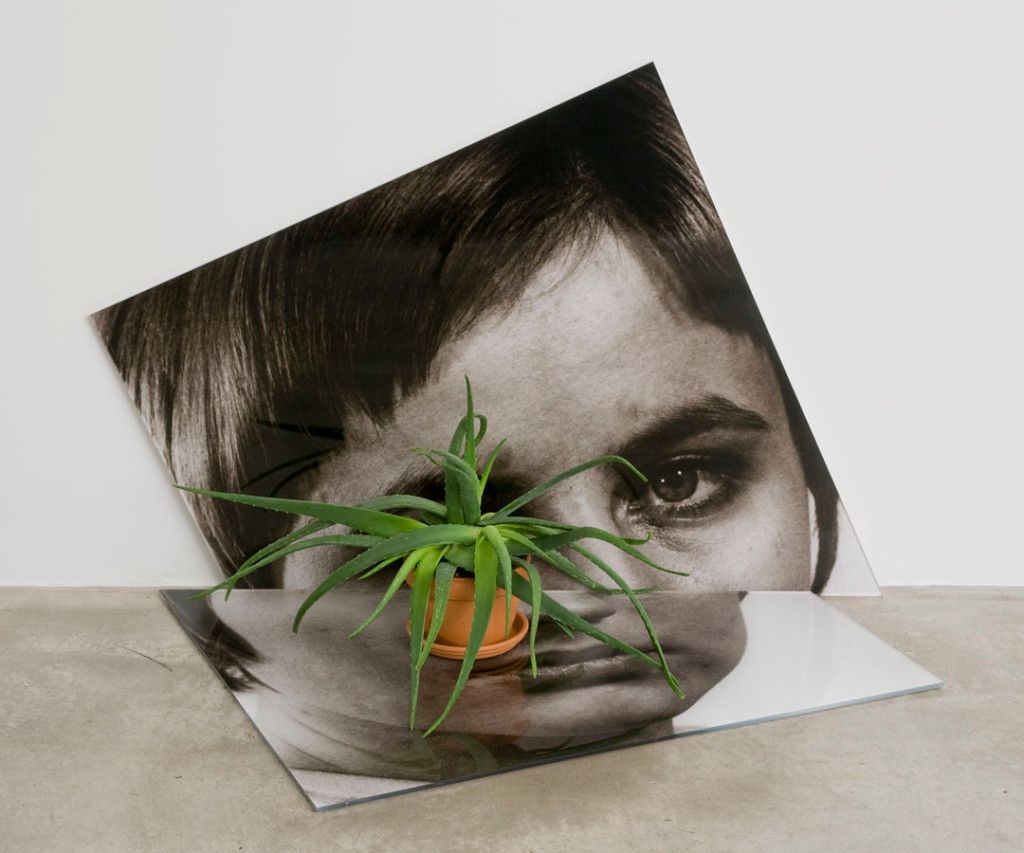[ad_1]
Marlo Pascual, a Philadelphia-based artist known for icy sculptural works that drew out piquant, deeply psychological narratives drawn from appropriated amateur photography, has died after a long battle with cancer. She was 48. Her New York dealer Casey Kaplan, whose gallery has represented the artist for a decade, confirmed the news.
“Marlo’s work is defined by a ferocious curiosity and a distinct, sculptural approach to photography that will continue to influence the medium for generations to come,” Kaplan said in an email. “Beloved within the arts community, her generosity, warmth, and ingenuity defined her as an artist, professor, partner, and friend.”
Pascual’s work had earned the attention of a set of artists for her photo-based work that often combined pictures sourced from eBay and vintage shops with objects such as plants and light bulbs. While her work is still not widely known outside New York, it has achieved cult status—in 2009, the year she had her first solo show, at New York’s Swiss Institute, she was named the year’s best emerging artist at Rob Pruitt’s Art Oscars awards ceremony.
Born in Nashville, Tennessee, in 1972, Pascual has been compared to a group of artists from that state who have risen to fame in the past decade and who have also used photographic imagery toward conceptual means, among them Wade Guyton and Kelley Walker. Unlike either of them, Pascual was quick to point out, she had actually studied photography as an art student, having gotten an M.F.A. from Philadelphia’s Tyler School of Art.
“I applied for photography. When I got there, I didn’t want to take photographs anymore,” she told W magazine in 2012. “But I had to take a painting class, and the first thing I did was pour paint over a photo.”
She continued utilizing a similar approach throughout her too-short career by scanning and enlarging appropriated imagery, placing it under Plexiglass, and then manipulating it, lending the images a sculptural quality in the process. Seemingly informed by the Pictures Generation of the 1980s, which tested authorship through the appropriation of ready-made photography, Pascual creatively gave amateur pornography, pet photos, and headshots from the 1950s new life.
In one work, she placed an blown-up old-school picture of a woman’s face in the crease between a gallery floor and its adjacent wall, and put a plant atop it; in another, she bisected a large print with a lighting structure, allowing the tube to rest against a rock. This mysterious approach blurs the line between picture’s taker and a picture taker like Pascual, imbuing these found images—few of which were originally intended to be art—with oblique narratives.
“I’m not destroying them,” Pascual said of her appropriated photographs in the W interview. “I like to think I’m giving them a new life.”
[ad_2]
Source link


